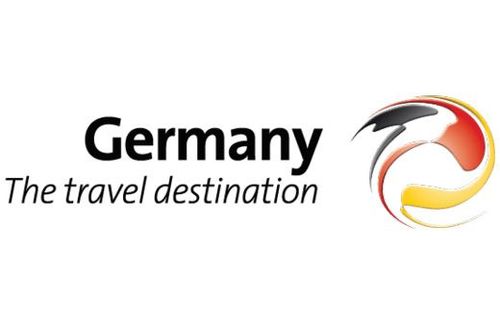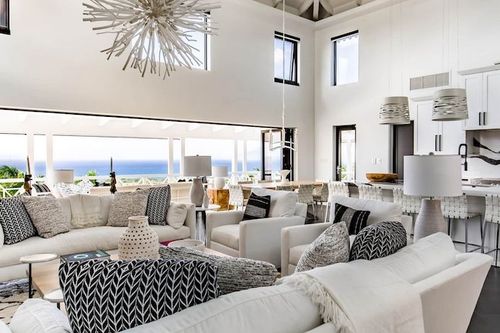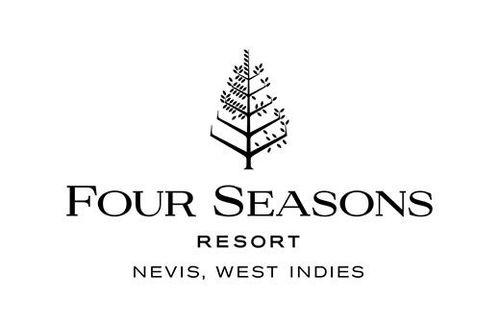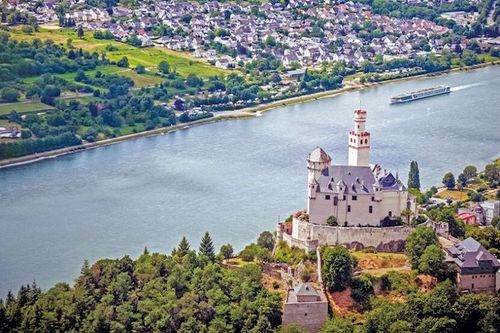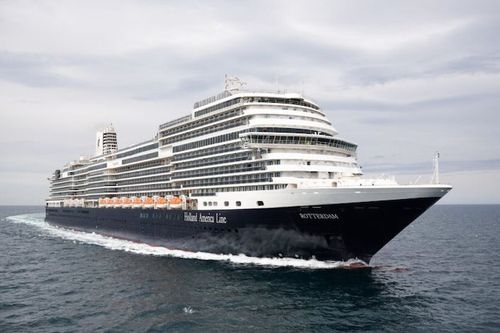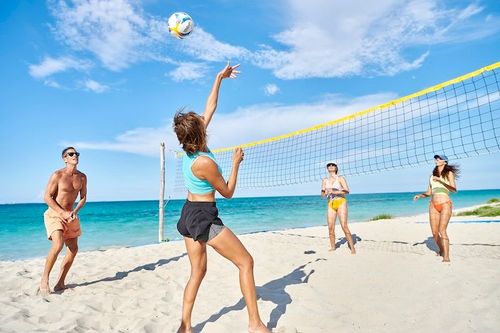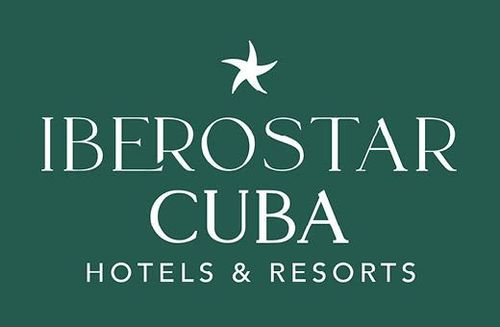Where travel agents earn, learn and save!
News / Stunning wine hikes not only for connoisseurs
Explore a wide variety of exciting wine regions
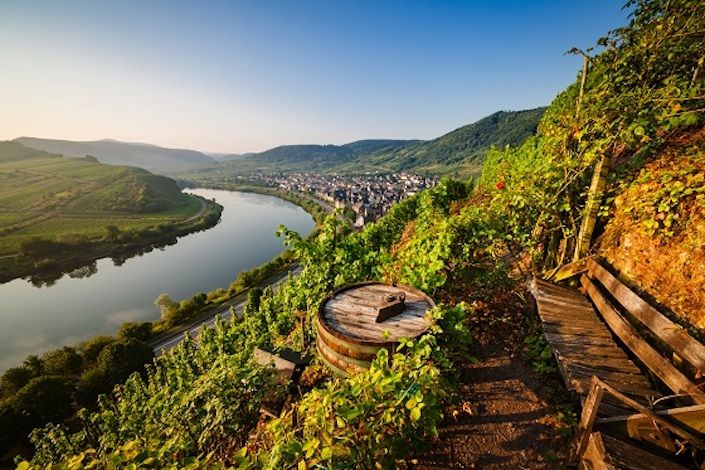
Pinot gris, Riesling or Burgundy: Germany is wine country. Here are five particularly beautiful wine hiking areas. Explore the enchanting countryside while sipping on delicious wine.
Rhinehessen: Forever Following the Rhine Terraces
Between Worms, Mainz and Bingen lies Germany's largest and oldest wine-growing region, the Rhineland-Palatinate wine region of Rhinehessen. The main grape is the Müller-Thurgau, but Silvaner, Riesling, Dornfelder or Burgundy are also grown here. From soft and flowery to spicy and tangy, the white wine variety is cultivated in all its variations. Germany's richest Rieslings come from the Rote Hang between Nierstein and Nackenheim. If you want to go on a wine hike in this region, you can do so on the Rhine Terraces Trail, which is about 75 kilometres long. It is divided into six stages and passes through many hamlets, all of which invite you to taste their wines.
Palatinate: Germany's Oldest Wine Route
The grapes for Riesling, Pinot Blanc, Silvaner or even Chardonnay also come from the Palatinate. The region between the Palatinate Forest and the Rhine Plain is located in Rhineland-Palatinate. In terms of landscape, this region is of course strongly influenced by wine, with endless vines reaching in soft sweeps down to the Rhine and Moselle. Lemons, figs and kiwis grow in the country gardens. Germany's oldest wine route runs through the middle of the Palatinate: the German Wine Route. There are 130 idyllic wine villages in between, stately castles and palaces, wine festivals in summer and almond blossoms in spring. The small towns of Bobenheim, Birkweiler and Neustadt are regarded as particularly beautiful. We recommend the Palatinate Keschde Trail for hiking, as well as the Palatinate Almond Trail and the Palatinate Wine Trail.
Baden: Lovely Weather, Wonderful Wine
Baden, the "Burgundy Paradise" is one of the most versatile wine-growing regions in Germany, and this may have something to do with the fact that it stretches about 400 kilometres along the Upper Rhine Plain from Tauberfranken through Kraichgau and the Badische Bergstrasse to Lake Constance. Burgundy grapes are particularly fond of the warm climate, Another Baden speciality: the Cuvée wine. Famous cities in this region are Freiburg, Heidelberg, Baden-Baden with their beautiful Old Towns, but also the atmospheric Lake Constance, with scattered orchards and picturesque villages.The Baden Wine Route passes through many of these cities. An eco-wine trail leads through the Markgräfler Land.The Ortenau Wine Trail is also well worth a mention.
Moselle: head up along the steepest vineyard in Europe
It is one of the oldest wine regions in the country and the steep slopes characterise the area like no other wine landscape in the world. We are, of course, talking about the Moselle region. Here is where the steepest vineyards in Europe are located, and Rieslings as well as Müller-Thurgau and Pinot Noir grow on the primeval shale. The steep slopes are made for experienced hikers and allow unique views of an enchanting cultural landscape with castles, vineyards, waterfalls, ostrich farms and legendary wine villages. Cochem and Bremm are popular towns. The Calmont ropeway offers hikers a unique view of the Bremmer Mosel loop, and a walk to the Prinzenkopf with its steel lookout tower is also recommended. Those who decide to take a tour on Moselhöhenweg will be rewarded with an impressive view of kilometres of ornately arranged wine terraces.
Franconia: Quite small, but very refined
In the Middle Ages, Franconia was still seen as the largest wine region in the Holy Roman Empire today it is one of the more moderately-sized wine-growing regions. The region's trademark - the bulbous bottle, the Bocksbeutel. Müller-Thurgau, Silvaner as well as Riesling and the typical Franconian Bacchus are grown here. In Franconia, however, it is not just wine that is cultivated. Every year, 200 wine-related festivals take place. Nestled between the Spessart, Rhön, Steigerwald and Tauber valleys are romantic wine-growing villages, the Marienburg fortress and the residential city of Würzburg, with its imposing cathedral. You can hike through thick forests, gentle hills, and pass by villages with half-timbered houses.Follow the Franconian wine country, for example, on the Main hiking trail with its six stages. Along the Volkacher Mainschleife, you can expect Silvaner wine and a breathtaking view of Vogelsburg. Red wine lovers can go on the Red Wine hike to Dernau.



